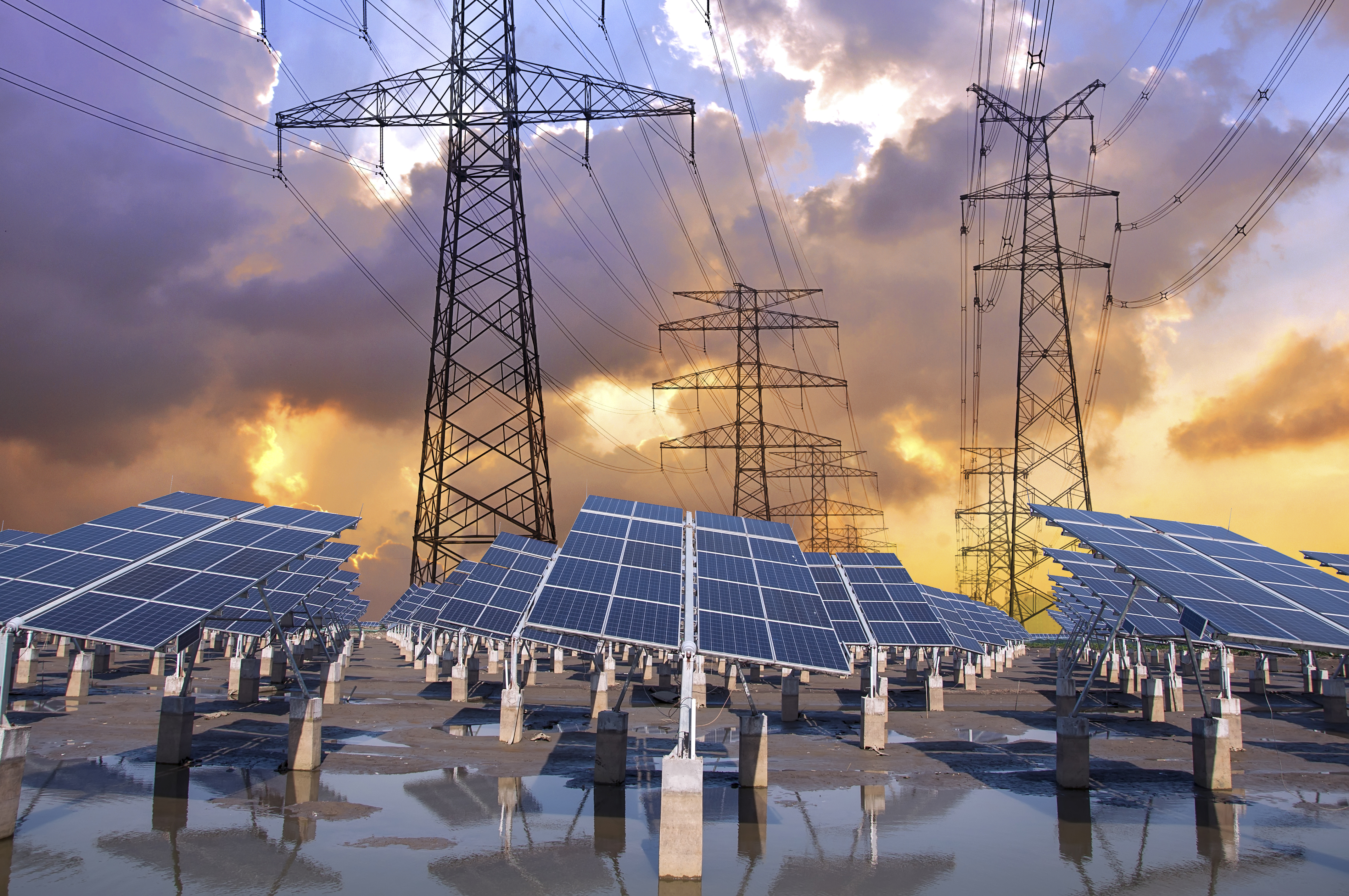

They usually follow a demand-centric model, where companies reduce network voltage to allow usage by different consumers. Moving to a smart grid can help reduce maintenance expenditure since all reporting and tracking is done automatically.Ĭurrently, conventional electrical grids have minimal storage capabilities. Reduced Maintenance ExpenditureĬurrently, companies spend a significant amount of money each year to repair and maintain aging infrastructure. This reduces reliance on oil, which brings with it a slew of additional benefits such as reduced emissions, a positive impact on the environment, and also combats climate change.

If a consumer uses different ways of generating electricity, and they are producing excess amounts, they can feed it back into the grid and generate a profit. Smart grids allow consumers to feed energy back into the grid, and regulate and track it. And, if there are deviations in power consumption, companies will be immediately notified, prompting swift action. Any attempts to tamper with it will result in an alert. In other cases, it can be siphoned off via the power lines.Ī smart grid can prevent this from happening since meters are remotely monitored. In many cases, electricity is stolen through meter tampering.Ĭonsumers either slow down their meter or completely bring it to a halt while continuing to consume electricity. According to Pepco, it's the third-largest form of theft in the country. Reduced Electrical TheftĮlectricity theft is a serious problem. This reduces stress on electrical equipment, especially during peak times.
#Smart power grids manual#
As electrical load tends to vary depending upon external circumstances, companies have to make manual adjustments.īut, a smart grid will use technologies (often relying on Genetic Algorithms) to review consumption patterns to manage loads. Automatic Load BalancingĪ major benefit of a smart electrical grid is automatic load balancing, which in turn reduces the risks of equipment failures. This allows companies to dispatch teams and restore power much faster as compared to conventional methods, which are unreliable and relatively slow. In case of a power outage, it becomes much easier to detect exactly what area is down using smart technologies. Faster Electrical Restoration After Outages This improves the efficiency of electrical transmission, benefiting all stakeholders as a result. Smart grids are capable of regulating electrical transmissions as they rely on intelligent technologies to mitigate electrical losses during distribution. Improved Electrical Transmission Efficiency


 0 kommentar(er)
0 kommentar(er)
